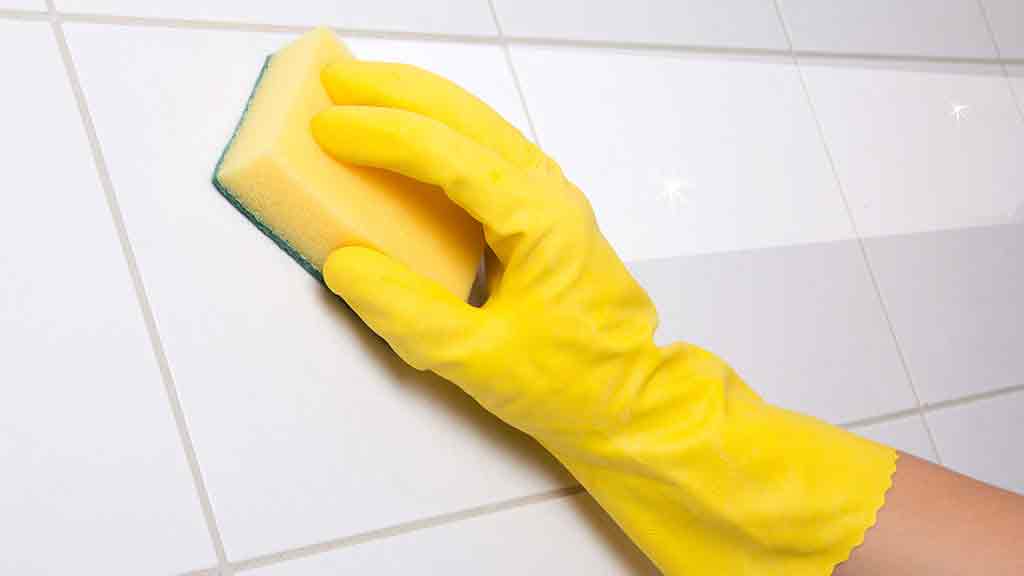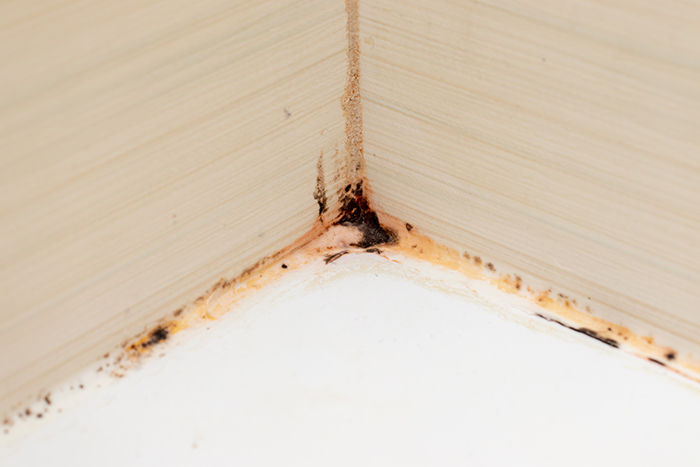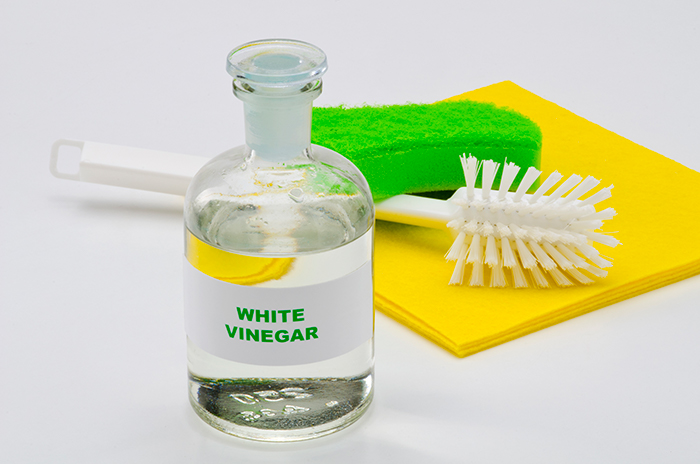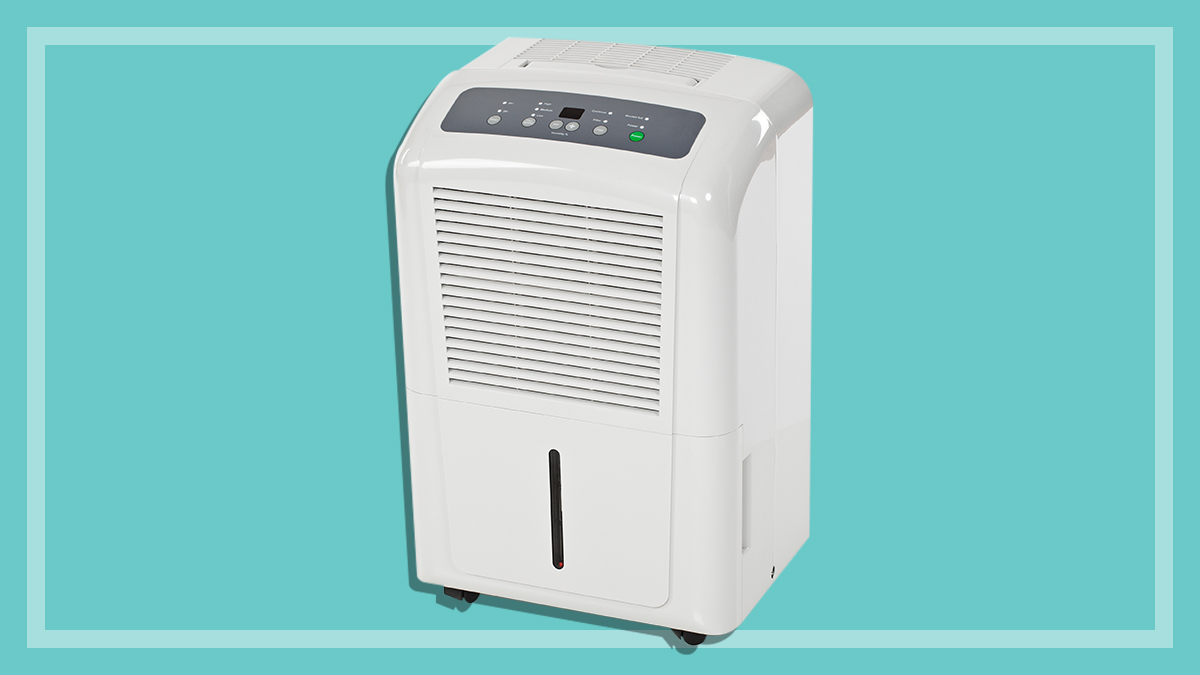Get our independent lab tests, expert reviews and honest advice.
How to get rid of mould

Getting rid of mould in your home takes time and elbow grease – and according to experts, you probably won’t be entirely successful in eradicating mould by using that ‘miracle’ diluted vinegar and water mould killer concoction you read about on the internet.
On this page:
- How to remove mould yourself
- When to call in the professional mould removalists
- How to prevent mould from coming back
It’s important you don’t just ignore mould growing in your home. It can give off toxic spores and vapours, which can be dangerous to your health – possibly resulting in allergic reactions, asthma and flu-like symptoms.
How to remove mould yourself
Removing mould yourself can be an option provided it is not too extensive. However, you should be aware of the potential hazards and ensure you are taking the necessary safety precautions.
Step 1: Safety first
Mould spores can be dangerous to health and there are some people who should not be in the vicinity or be active in its removal. This includes children, pregnant women and those with chronic lung diseases and/or weakened immune systems.
When removing mould, ensure the area you’re working in is well-ventilated and you’re wearing protective clothing such as disposable gloves, eye protection, headwear, clothing that completely covers the body, footwear and a P2 face mask.
It’s also important if you’re removing dry mould that you take care. Don’t dry brush mould because it can flick spores into the air where they can be breathed in. If you are going to vacuum you should ensure your vacuum cleaner has a good HEPA filter, otherwise you could be making the problem worse by spreading the mould around.
Step 2: Assess the damage
Before starting, work out what kind of surface the mould has attached to:
- If the mould is on something that’s super-porous, like a textile, clothing or furniture, it’s likely it can’t be completely removed and will need to be thrown out. Anything like wicker baskets, textiles, paper and cardboard or carpet needs to be chucked away – don’t even bother with these surfaces. (And don’t just let carpets dry out if there’s been water damage, as mould spores will be left behind, buried in the carpet fibres.)
- Non-porous surfaces such as hard plastics should be relatively easier to clean.
- Semi-porous surfaces such as treated wood or concrete will be variable.

Mould in bathroom grout or silicone
These areas deserve a separate mention. Once mould gets its grip here, getting rid of it is almost impossible. When mould grows, it develops hyphae, or roots, which grow into the grout or silicone. You can clean the surfaces of the grout or silicone, but not deep into it. In those cases you have to replace the silicone or re-grout your bathroom.
Step 3: Removing the mould
Dr Cameron Jones is an environmental microbiologist with Biological Health Services and an expert in identifying hazards primarily in the built environment that could cause adverse health or infection risks.
To remove mould, he advises using one part bleach to four parts water to spot clean mould on surfaces or, if you prefer to use diluted vinegar over bleach, add a concentrate of nine parts vinegar to one part water.
Equipment:
- Diluted vinegar or bleach.
- Three buckets.
- Multiple microfibre cloths.
How to use bleach or vinegar to clean mould:
- Grab a microfibre cloth, dip it into the first bucket, then use it for cleaning a small patch of mould.
- The same microfibre cloth should then be rinsed in the second bucket, then rinsed again in the third to ensure cross-contamination doesn’t occur.
- Repeat steps one and two with any other patches, bearing in mind that if mould covers a large area it should be addressed by professionals (see When to call in the professionals, below).
- Microfibre cloths, which reach deep into tiny crevices and have a slight electric charge, can be bought cheaply and washed on a hot cycle in the washing machine with vinegar up to 100 times. However, be sure to check your washing machine manual before using to ensure it doesn’t warn against using vinegar.
- Please note: If using vinegar, there may still be streaks or discolouration on surfaces which you should be able to remove with bleach.

Does bleach kill mould?
When it comes to removing mould from inside the home, Dr Jones says how you do so depends on the risk appetite of the people doing the cleaning. “Some people don’t want to get near it and other people just want to clean it up as quickly as possible and move on in life,” he tells CHOICE.
“And then other persons don’t want to handle bleach because they are concerned about the chemical in it, so they would opt for a more natural product, which is not always the best option.”
He says that while there have been some significant misunderstandings over the years around bleach’s effectiveness at removing mould, scientifically it is actually the superior option.
“Bleach, or sodium hypochlorite, is incredibly effective but unfortunately, there’s been internet chatter for the last 15 to 20 years saying that it merely takes the colour out of the fungus,” he says.
“While it does do that, at the same time its chlorine chemistry has an excellent pedigree in academic literature as a fundamental component of many hospital-grade disinfectants. And I’ve always used bleach over vinegar.”
Bleach, or sodium hypochlorite, is incredibly effective but unfortunately, there’s been internet chatter for the last 15 to 20 years saying that it merely takes the colour out of the fungus
Environmental microbiologist Dr Cameron Jones
Many commercially available mould cleaning products use bleach (often listed as sodium hypochlorite) as an active ingredient. The concentration of bleach in these products marketed as ‘mould killers’ is often five percent or less, which is quite low compared to hospital-grade bleach.
“Chlorine, or sodium hypochlorite, is alkaline, which works due to the pH. So the power of hydrogen is essentially how much energy that particular liquid has to do chemical work and here we’re talking about breaking down proteins,” Dr Jones says.
“Hospitals, for example, break down proteins when they clean up blood and bodily fluids, and if you have mould, well, it’s the same type of thing but it’s just on a wall or a tile, so you want a higher concentration so that there’s more chemical energy there to do useful work – in this case, break down the [mould] cell and render it inactive.”
Bleach has a short shelf life and loses potency quickly, so if products have been on shelves for an extended period of time, they become even more ineffective.
Warning: Never mix bleach and vinegar together – it creates toxic chlorine gas.
When to call in the professional mould removalists
If mould covers a large area of your home – experts say a rough guide is one metre square – and is dense, and if you’ve had flooding, or if householders are asthmatic, it’s best to call in the experts.
“One square metre essentially is a continuous area, so if you’ve had a water leak through a roof, for example, and the ceiling is discoloured with water, there may only be quite a minor mould area, but you have to use your judgement,” Dr Jones says.
“So if you see one square metre of a visible mould in your home, definitely get someone in.
As a rough guide you can expect to pay between $500 and $2000 for the removal of mould from a small room in a residential home
“The cost of professional help varies. An initial investigation can cost between $300 and $3000 for an expert to test the site and find the cause of the mould and write a plan for the removal of mould. After that, it’s a question of the extent of the problem.
The actual removal of mould can vary dramatically, depending on the contamination level and size of the property. But as a rough guide you can expect to pay between $500 and $2000 for the removal of mould from a small room in a residential home, but in some cases, costs can be higher.
Certified mould removalists need to have the right equipment, be specially trained, maintain a high level of fitness and have the ability to sustain thermal stress. Their hourly rate can be between $60 and $110.
How to prevent mould from coming back
Dr Jones says to stop mould from returning, you really need to address the underlying problem.
“The first thing to do is to be a sleuth to work out the intrinsic features of your home that are contributing to the moisture,” he explains. “If you can address and eliminate the problem, you’ll be head and shoulders ahead.”
Here are some tips for preventing mould from growing in the home:
- Fix any external entry points for moisture in your home, for example, a leaky roof or broken pipes.
- Install a good exhaust fan in the bathroom and prevent moisture build-up on surfaces. Squeegee or towel-dry your tiles and floors immediately after showering, and make sure you clean bathroom scum, which mould feeds on.
- Ventilate your home. Inadequate ventilation is one of the main reasons homes become vulnerable to mould growth. When the air stops moving, you can get a build-up of humidity and moisture in those areas. If you can’t ventilate, think about a dehumidifier for the room.
- Avoid air drying clothes indoors, especially without adequate ventilation.
- Be careful about extreme differences in heat between indoors and outdoors (for example, having super cold air conditioning when it’s 40°C outside) as condensation will form if there’s a gap in the window or you open the door.
- Make informed heating and cooling choices – several experts we consulted warned against the use of unflued gas heaters, which release moisture into the air.
- Mould needs organic matter – such as dust or dead skin cells – to thrive, so it’s important to keep up with regular vacuuming and dusting.
- Use a dehumidifier – as it removes moisture from the air it can assist in helping to prevent mould.
Case study
When Mathew purchased his heritage family home in Sydney’s inner-west several years ago, while he knew the house had some issues to tackle, he says he wasn’t expecting his walls to start ‘weeping’.
“The walls on the left-hand side of the building had so much condensation you could see the water particles sliding down them,” he says.
Prior to purchasing the property, his building inspector had identified some moisture concerns on one side of his property but assured him it could be managed with the installation of a fan under the house to generate better airflow.
“That one fan didn’t prove efficient enough. Ultimately, we knew we had to tackle this mould issue on various fronts to get rid of it,” he explains.
Mathew and his son are particularly sensitive to mould spores; their health deteriorates in environments where mould is present. So it was vital that removing mould growth was squashed early on.
They came in using infrared-like technology to identify where mould spores were hiding, actually taking apart our furniture – even our bed head – and treating it to stop mould from spreading
Mathew, homeowner
“We had a mould expert come and inspect our property and remove any mould spores from the home,” he explains. “They came in using infrared-like technology to identify where mould spores were hiding, actually taking apart our furniture – even our bed head – and treating it to stop mould from spreading.”
Mathew also had insulation installed in the roof, which had previously never been insulated, and this helped to maintain a consistent temperature in the home. “We also improved the ventilation under the house and installed several air-conditioning units inside that we use regularly to ensure our home is as moisture-free as possible.”
He says he’s now installed an additional fan under the house for more effective air circulation and, having lived in the home for several years now, knows how to effectively ventilate it to optimally reduce the potential for mould to find a welcome place to thrive again.
“If we hadn’t taken those proactive steps early on, it would’ve created a litany of other problems down the track, both structurally and health-wise,” he says.






